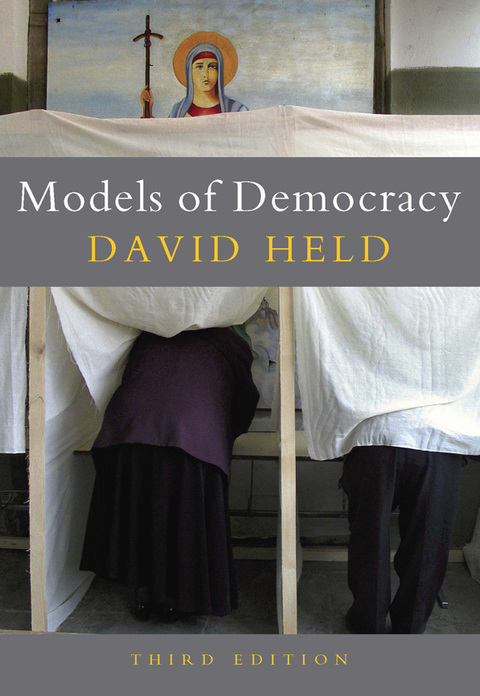Description
Efnisyfirlit
- Cover
- Dedication
- Title
- Copyright
- Figures and Tables
- Preface to the Third Edition
- Introduction
- PART ONE: CLASSIC MODELS
- 1 Classical Democracy: Athens
- Political ideals and aims
- Institutional features
- The exclusivity of ancient democracy
- The critics
- 2 Republicanism: Liberty, Self-Government and the Active Citizen
- The eclipse and re-emergence of homo politicus
- The reforging of republicanism
- Republicanism, elective government and popular sovereignty
- From civic life to civic glory
- The republic and the general will
- The public and the private
- 3 The Development of Liberal Democracy: For and Against the State
- Power and sovereignty
- Citizenship and the constitutional state
- Separation of powers
- The problem of factions
- Accountability and markets
- Liberty and the development of democracy
- The dangers of despotic power and an overgrown state
- Representative government
- The subordination of women
- Competing conceptions of the ‘ends of government’
- 4 Direct Democracy and the End of Politics
- Class and class conflict
- History as evolution and the development of capitalism
- Two theories of the state
- The end of politics
- Competing conceptions of Marxism
- PART TWO: VARIANTS FROM THE TWENTIETH CENTURY
- 5 Competitive Elitism and the Technocratic Vision
- Classes, power and conflict
- Bureaucracy, parliaments and nation-states
- Competitive elitist democracy
- Liberal democracy at the crossroads
- The last vestige of democracy?
- Democracy, capitalism and socialism
- ‘Classical’ v. modern democracy
- A technocratic vision
- 6 Pluralism, Corporate Capitalism and the State
- Group politics, governments and power
- Politics, consensus and the distribution of power
- Democracy, corporate capitalism and the state
- Accumulation, legitimation and the restricted sphere of the political
- The changing form of representative institutions
- 7 From Postwar Stability to Political Crisis: The Polarization of Political Ideals
- A legitimate democratic order or a repressive regime?
- Overloaded state or legitimation crisis?
- Crisis theories: an assessment
- Law, liberty and democracy
- Participation, liberty and democracy
- 8 Democracy after Soviet Communism
- The historical backdrop
- The triumph of economic and political liberalism?
- The renewed necessity of Marxism and democracy from ‘below’?
- 9 Deliberative Democracy and the Defence of the Public Realm
- Reason and participation
- The limits of democratic theory
- The aims of deliberative democracy
- What is sound public reasoning? Impartialism and its critics
- Institutions of deliberative democracy
- Value pluralism and democracy
- PART THREE: WHAT SHOULD DEMOCRACY MEAN TODAY?
- 10 Democratic Autonomy
- The appeal of democracy
- The principle of autonomy
- Enacting the principle
- The heritage of classic and twentieth-century democratic theory
- Democracy: a double-sided process
- Democratic autonomy: compatibilities and incompatibilities
- 11 Democracy, the Nation-State and the Global System
- Democratic legitimacy and borders
- Regional and global flows: old and new
- Sovereignty, autonomy and disjunctures
- Rethinking democracy for a more global age: the cosmopolitan model
- A utopian project?
- Acknowledgements
- Bibliography
- Index
- End User License Agreement





